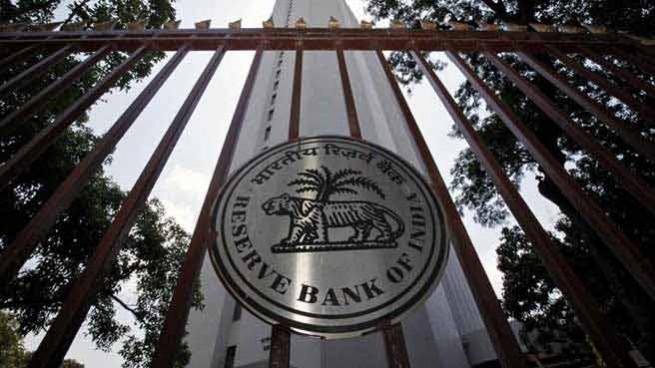
The IL&FS crisis threatening to snowball into an Rs 91,000-crore meltdown of shadow banks has forced the Reserve Bank of India (RBI) to take steps to improve the asset quality of non-banking finance companies (NBFC). The central bank has said the NBFCs will have to maintain liquidity coverage ratio (LCR) in line with banks and maintain enough collateral to meet liquidity needs, media reports say.
Releasing the draft rules for ensuring that the asset quality of the NBFCs improves the central bank said it is "committed to promoting a robust, vibrant and well-functioning NBFC sector", a report in the Business Standard website said. "An NBFC should have sufficient collateral to meet expected and unexpected borrowing needs and potential increases in margin requirements over different timeframes," the draft circular said. The RBI has asked the firms to have enough high-quality assets that would keep them liquid for at least 30 days, the report says.
The NBFCs must differentiate between encumbered and unencumbered assets, and monitor them for mobilizing them in a timely manner. All NBFCs must have contingency funding plans for responding to severe disruptions and liquidity positions should be disclosed to the public. The RBI plans to make the LCR mandatory for NBFCs with assets above Rs 5,000 crore and deposit-taking NBFCs.

The RBI recently took a significant step in asking large NBFCs to appoint chief risk officers to manage asset-liability mismatches on the books. The LCR "will promote resilience of NBFCs to potential liquidity disruptions by ensuring that they have sufficient High-Quality Liquid Asset (HQLA)" to survive acute liquidity stress lasting up to 30 days, the draft guidelines said. HQLAs are generally cash or government securities that can be sold in the market to raise cash quickly.
The RBI wants large and deposit-taking NBFCs to achieve have HQLAs of a minimum of 100 percent of net cash outflows over the next 30 calendar days by April 1, 2024. "The LCR requirement shall be binding on NBFCs from April 1, 2020, with the minimum HQLAs to be held being 60 percent of the LCR, progressively increasing in equal steps reaching up to the required level of 100 percent by April 1, 2024," the draft said.
The draft rules proposed sweeping changes to how managing liquidity in all NBFCs. All non-deposit-taking NBFCs with an asset size of Rs 100 crore and above, systemically important core investment companies and deposit-taking NBFCs irrespective of their asset size will have to measure their liquidity within a stringent framework. Asset-liability mismatches should not exceed 10-20 percent in the buckets running up to a year, the draft said. This has to be reported to the RBI, along with the interest rate sensitivity statement.








